Honda Sensing is an advanced suite of safety and driver-assist technologies designed to help keep you and your passengers safe on the road. However, like any technology, Honda Sensing can sometimes experience problems that may compromise its performance.
In this comprehensive guide, you'll learn about the most common Honda Sensing problems and how to troubleshoot and fix them. By keeping your Honda Sensing system in optimal condition, you can ensure that your car's safety features are working as intended.
Related: 11 Common Honda Sensing Problems and How to Fix Them: A Comprehensive Guide
Common Honda Sensing Problems
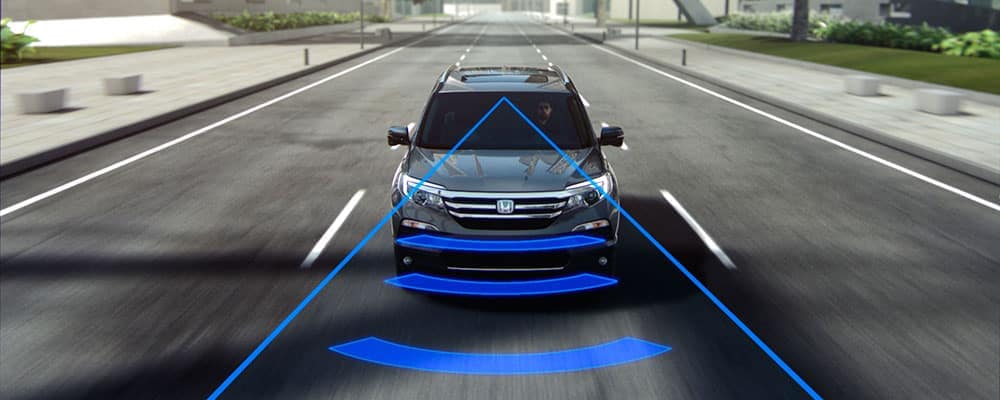
Before you can fix Honda Sensing problems, you need to be aware of the most common issues that drivers may encounter. Here are several typical Honda Sensing problems:
a. False alarms or warnings
b. System not functioning at all
c. Poor performance in certain weather conditions
d. Inaccurate or delayed alerts
Troubleshooting Honda Sensing Problems
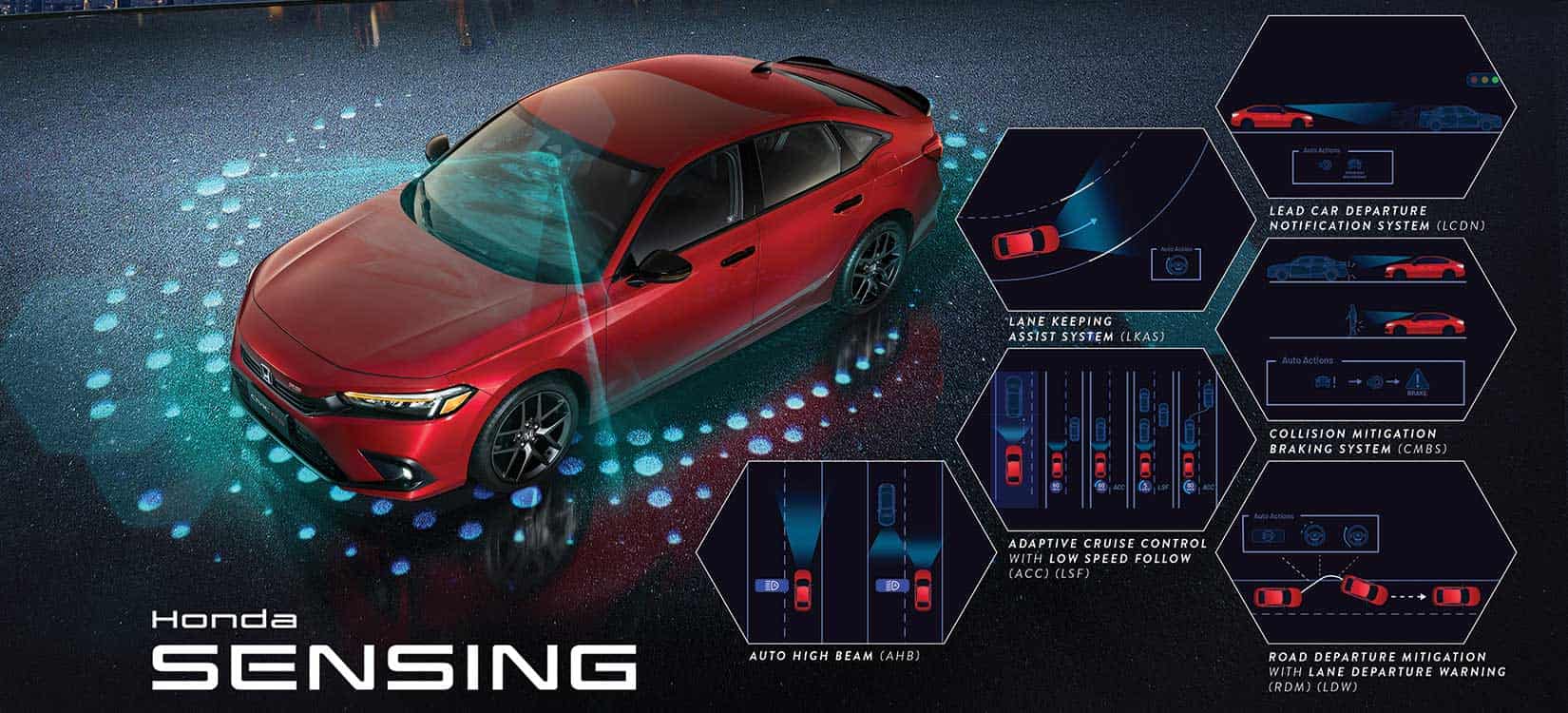
If you're experiencing issues with your Honda Sensing system, the first step is to troubleshoot and identify the root cause of the problem. Here are some steps to take when troubleshooting Honda Sensing problems:
a. Check for dashboard warning lights: If your Honda Sensing system is experiencing problems, you may see a warning light on your dashboard. Look for indicators such as the Collision Mitigation Braking System (CMBS), Road Departure Mitigation (RDM), or Adaptive Cruise Control (ACC) lights.
b. Consult your owner's manual: Your Honda owner's manual contains valuable information about the Honda Sensing system and can help you identify the issue you're experiencing.
c. Perform a system reset: Sometimes, a simple system reset can resolve Honda Sensing problems. To reset your Honda Sensing system, turn off your car, wait for a few minutes, and then restart it.
d. Inspect sensors and cameras: Dirty or obstructed sensors and cameras can cause Honda Sensing problems. Inspect the sensors and cameras on your car's exterior and clean them if necessary.
e. Confirm proper calibration: If your Honda Sensing system has recently been serviced or if you've had a windshield replacement, there's a chance that the system's calibration may be off.
Consult your Honda dealer to confirm that your Honda Sensing system is properly calibrated.
Fixing Honda Sensing Problems
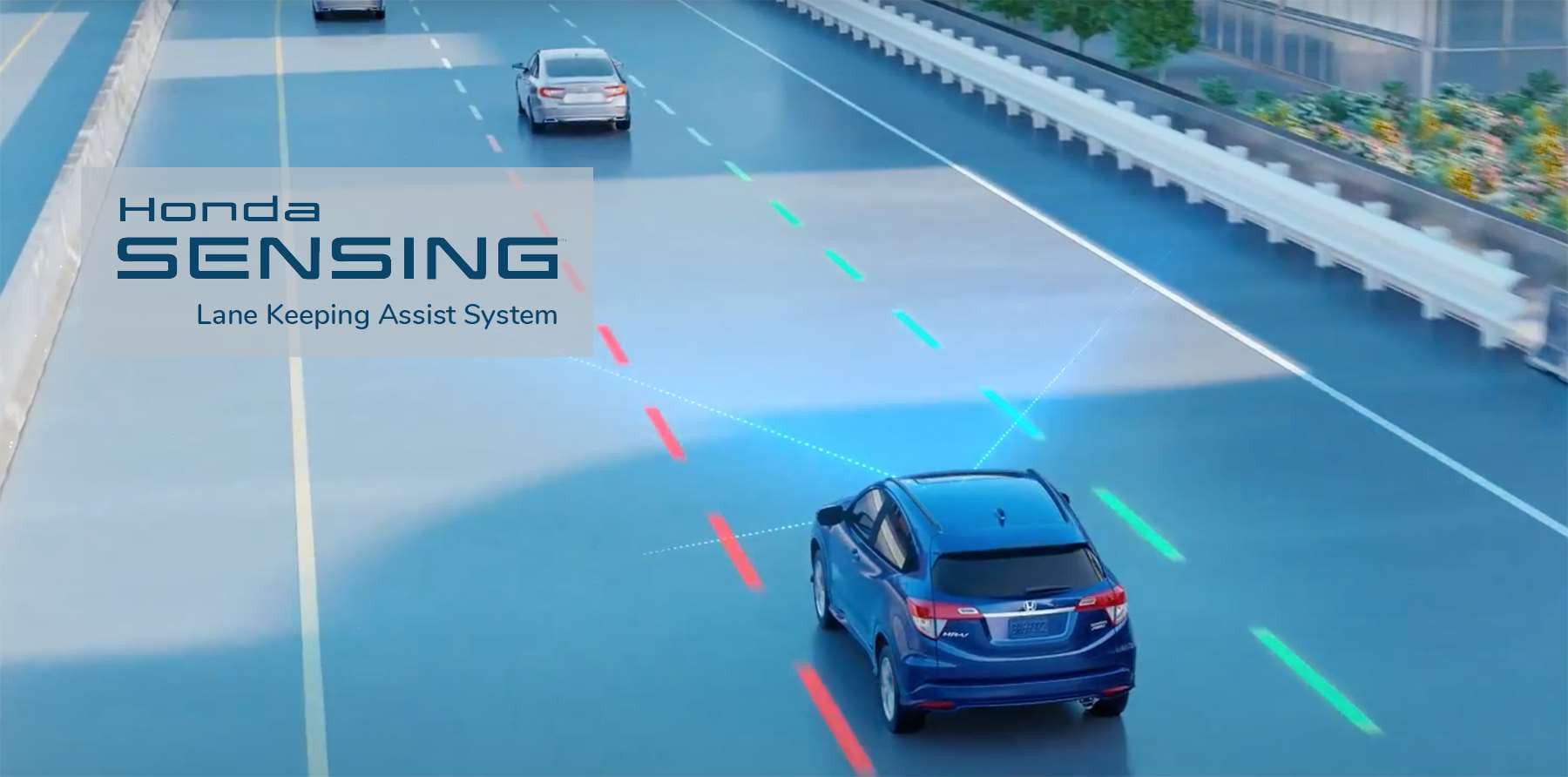
Once you've identified the root cause of your Honda Sensing problem, you can take steps to address the issue and restore your system's functionality. Here are some tips for fixing common Honda Sensing problems:
a. Clean sensors and cameras: If your Honda Sensing problem is due to dirty or obstructed sensors and cameras, cleaning them can often resolve the issue.
Use a soft cloth and a mild soap-and-water solution to gently clean the sensors and cameras. Avoid using abrasive cleaners or tools, as these can damage the delicate surfaces.
b. Address dashboard warning lights: If your dashboard warning lights are illuminating, it's essential to address the underlying issue to fix your Honda Sensing problem. Consult your owner's manual or contact your Honda dealer for guidance on addressing specific warning lights.
c. Update software: Outdated software can sometimes cause Honda Sensing problems. Check with your Honda dealer or refer to your owner's manual for information on how to update your vehicle's software. Keeping your software up-to-date can ensure optimal Honda Sensing performance.
d. Schedule a service appointment: If you're unable to resolve your Honda Sensing problem on your own, it's best to schedule a service appointment with your Honda dealer. They have the necessary tools and expertise to diagnose and repair Honda Sensing issues, ensuring that your system operates as intended.
e. Check for recalls: Occasionally, Honda may issue recalls related to the Honda Sensing system. Stay informed about any recalls that may affect your vehicle by regularly checking the National Highway Traffic Safety Administration (NHTSA) recall database or signing up for recall notifications from Honda.
Preventing Honda Sensing Problems
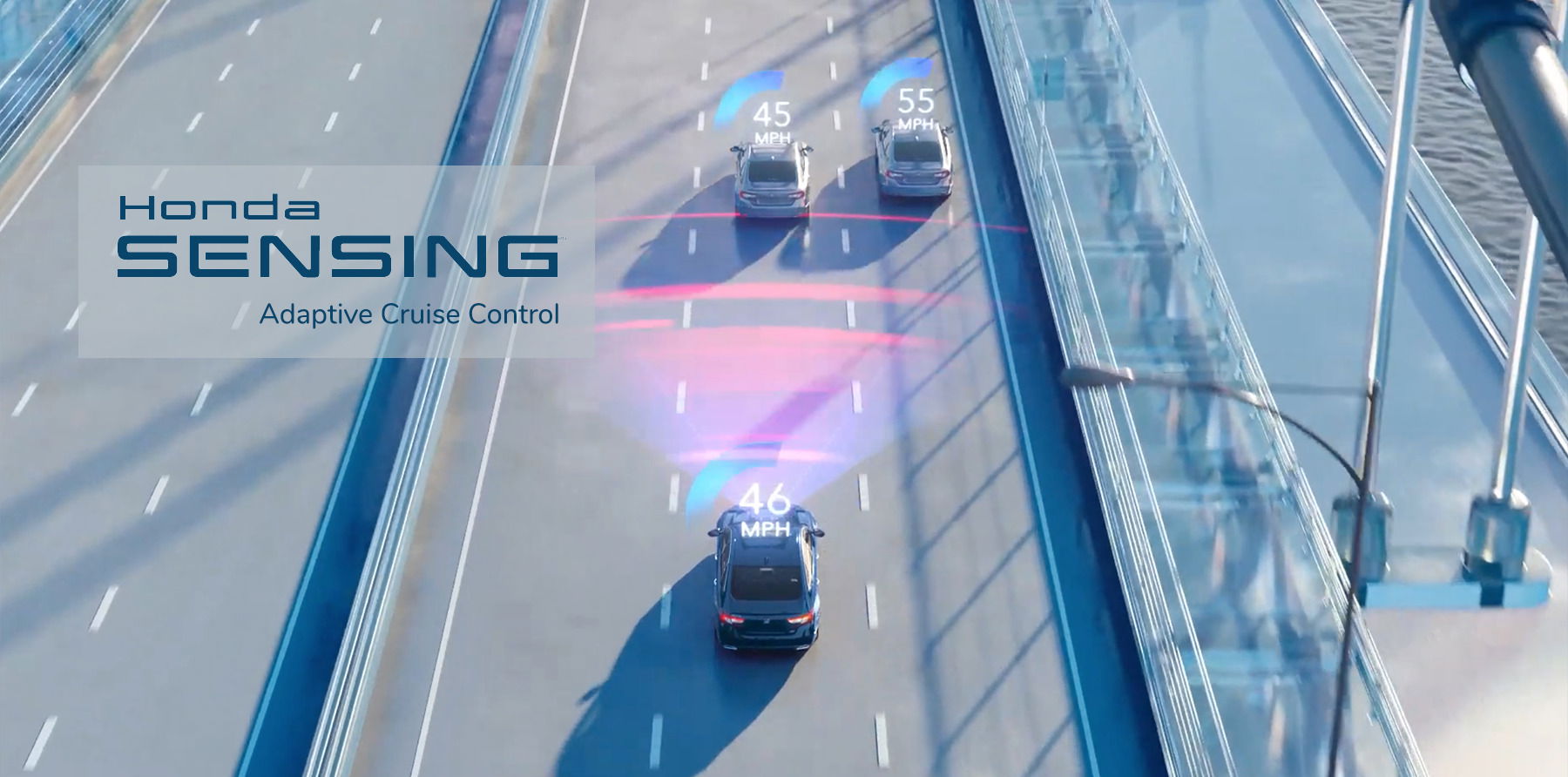
Prevention is always better than cure. By taking some simple precautions, you can minimize the likelihood of experiencing Honda Sensing problems in the future:
a. Keep sensors and cameras clean: Regularly inspect and clean your Honda Sensing sensors and cameras to ensure optimal performance. This is particularly important during winter months, as ice, snow, and road salt can accumulate on your vehicle's exterior and obstruct the sensors.
b. Avoid modifications: Aftermarket modifications to your vehicle, such as window tinting or bumper modifications, can interfere with your Honda Sensing system's performance. To prevent problems, avoid making modifications that could affect the system's sensors or cameras.
c. Schedule regular maintenance: Regular maintenance of your vehicle, including oil changes, tire rotations, and alignments, can help to prevent Honda Sensing problems. Staying on top of your vehicle's maintenance needs can ensure that all systems, including Honda Sensing, are working optimally.
Benefits Of A Well-Functioning Honda Sensing System
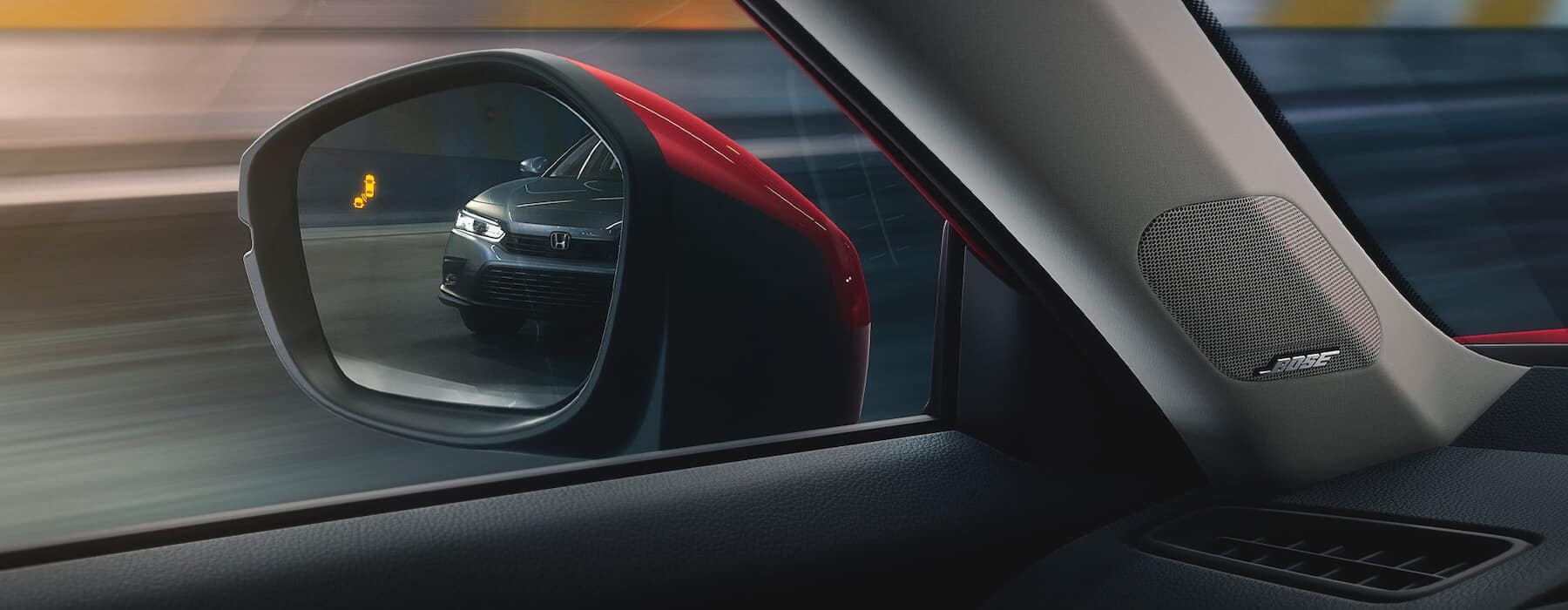
By addressing and preventing Honda Sensing problems, you can enjoy the numerous benefits that this advanced safety technology has to offer:
a. Enhanced safety: A well-functioning Honda Sensing system can detect and help prevent potential collisions, keeping you and your passengers safer on the road.
b. Improved driver confidence: With the reassurance of Honda Sensing's various driver-assist features, you can feel more confident and in control behind the wheel.
c. Increased vehicle value: Maintaining your Honda Sensing system in optimal condition can help to preserve your car's value over time, making it more attractive to potential buyers if you decide to sell in the future.
Related: These Are 13 Used Cars To Avoid At All Costs (But They’re Not Entirely Bad)
Frequently Asked Questions About Honda Sensing Problems
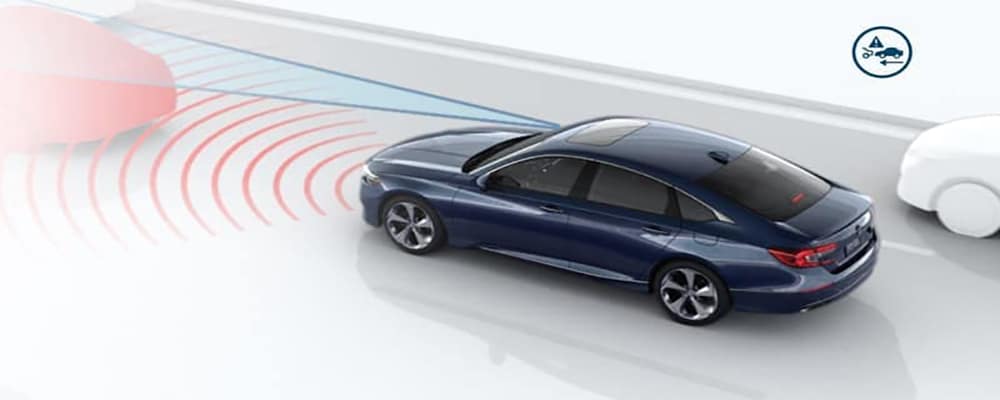
1. How to fix Collision Mitigation System problem:
Collision Mitigation Braking System (CMBS) is a part of the Honda Sensing suite that helps to prevent or reduce the severity of frontal collisions. If you're experiencing problems with the CMBS, try the following:
a. Inspect the front-facing sensor and camera located near the rearview mirror or behind the grille. Make sure they are clean and unobstructed. Use a soft cloth and mild soap-and-water solution to clean them if necessary.
b. Check for dashboard warning lights associated with the CMBS. Consult your owner's manual or contact your Honda dealer for guidance on addressing specific warning lights.
c. If the problem persists, schedule a service appointment with a Honda dealer. They have the necessary tools and expertise to diagnose and repair issues with the CMBS.
2. How to calibrate Honda Sensing:
Calibrating the Honda Sensing system is typically done by a certified Honda technician during a service appointment. If you suspect your Honda Sensing system needs calibration, follow these steps:
a. Schedule an appointment with your Honda dealer.
b. Explain the issues you're experiencing with your Honda Sensing system.
c. The technician will use specialized equipment to calibrate the system and ensure it's working correctly.
3. How to turn off Honda Sensing permanently:
It's not recommended to turn off Honda Sensing permanently, as it provides essential safety features designed to keep you and your passengers safe.
However, you can temporarily disable individual features by following the instructions in your owner's manual. Keep in mind that disabling the system may compromise your vehicle's safety.
4. How to reset Honda Sensing:
To reset your Honda Sensing system, follow these steps:
a. Turn off your car and remove the key from the ignition or turn off the push-button start.
b. Wait for a few minutes.
c. Restart your vehicle.
d. This procedure should reset the Honda Sensing system, and any temporary issues should be resolved. If the problems persist, consult your Honda dealer for further assistance.
5. Honda Sensing repair costs:
The cost of repairing Honda Sensing issues can vary depending on the specific problem, the complexity of the repair, and your location.
While some minor issues can be resolved without any cost (e.g., cleaning sensors), more complex issues may require professional diagnosis and repair. In such cases, the cost can range from $100 to over $1,000 (₦78,500 to ₦784,600), depending on the necessary parts and labor.
It's essential to consult your Honda dealer for an accurate estimate of repair costs related to Honda Sensing problems. Remember that maintaining your Honda Sensing system in good working condition can help to prevent costly repairs in the future.
What Is The Latest Honda Sensing?
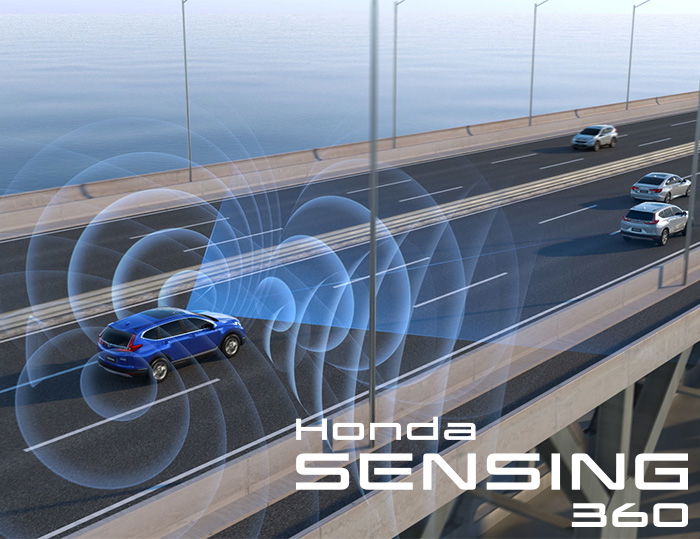
Honda Sensing 360 is an innovative safety technology developed by Honda to elevate road safety and provide drivers with a comprehensive suite of driver-assist features.
The system is designed to offer a full 360-degree view around the vehicle, ensuring advanced protection and support for both the driver and passengers.
By combining multiple sensing technologies, Honda Sensing 360 can detect and respond to potential hazards in the surrounding environment.
It utilizes cameras, millimeter-wave radar, and ultrasonic sensors to monitor the vehicle's surroundings, providing real-time information and assisting the driver in various driving scenarios.
Key features Of The Honda Sensing 360 System
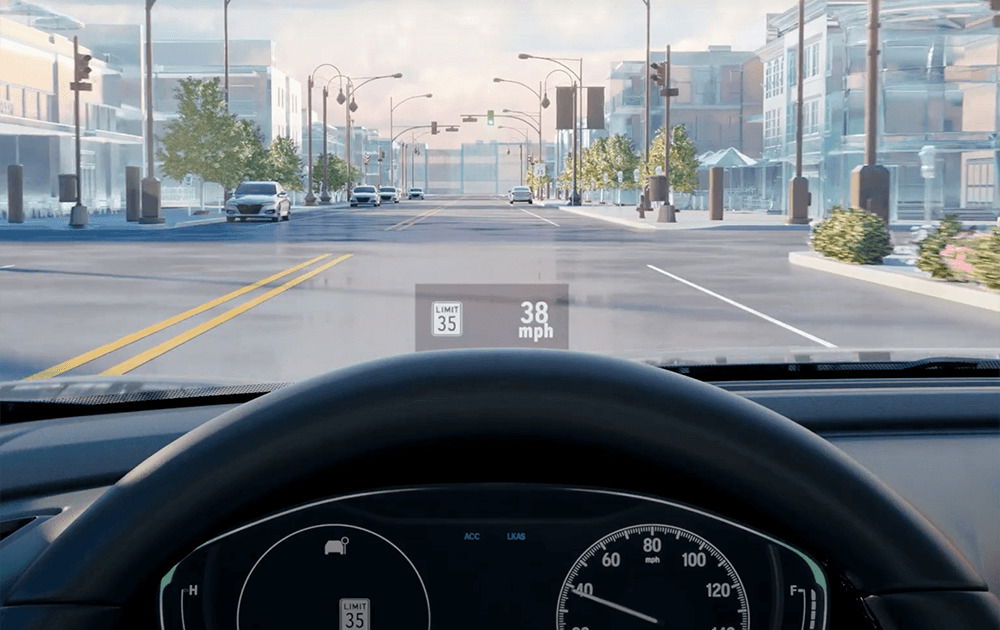
1. Collision Mitigation: The system can detect potential collisions with other vehicles, pedestrians, or obstacles and apply the brakes automatically to prevent or reduce the severity of an impact.
2. Lane Keeping Assistance: Honda Sensing 360 helps drivers maintain their position within the lane by providing gentle steering input if the vehicle starts to drift unintentionally.
3. Adaptive Cruise Control: This feature maintains a safe distance from the vehicle ahead by automatically adjusting the vehicle's speed according to traffic conditions.
4. Traffic Sign Recognition: The system can recognize and display traffic signs, such as speed limits and stop signs, on the vehicle's instrument panel, ensuring the driver is aware of important road information.
5. Blind Spot Information: Honda Sensing 360 monitors blind spots and provides visual and audible alerts if another vehicle is detected in the driver's blind spot, helping to prevent potential collisions.
6. Cross Traffic Monitor: The system alerts the driver to approaching vehicles when backing out of a parking space, enhancing safety during low-speed maneuvers.
Honda Sensing 360 demonstrates the company's commitment to improving road safety and providing advanced driver-assist technologies that cater to the needs of modern drivers.
By integrating these state-of-the-art safety features, Honda aims to create a safer and more enjoyable driving experience for all.
Summary Of Honda Sensing Problems And Solutions

Honda Sensing problems can be frustrating, but with the right knowledge and approach, you can troubleshoot and fix these issues to restore your system's performance.
By staying informed about common Honda Sensing issues, following proper troubleshooting steps, and taking preventive measures, you can ensure that your Honda Sensing system remains a valuable asset to your vehicle's safety.
Whether you're a seasoned Honda owner or a new driver, this comprehensive guide should help you navigate and address any Honda Sensing problems you may encounter.